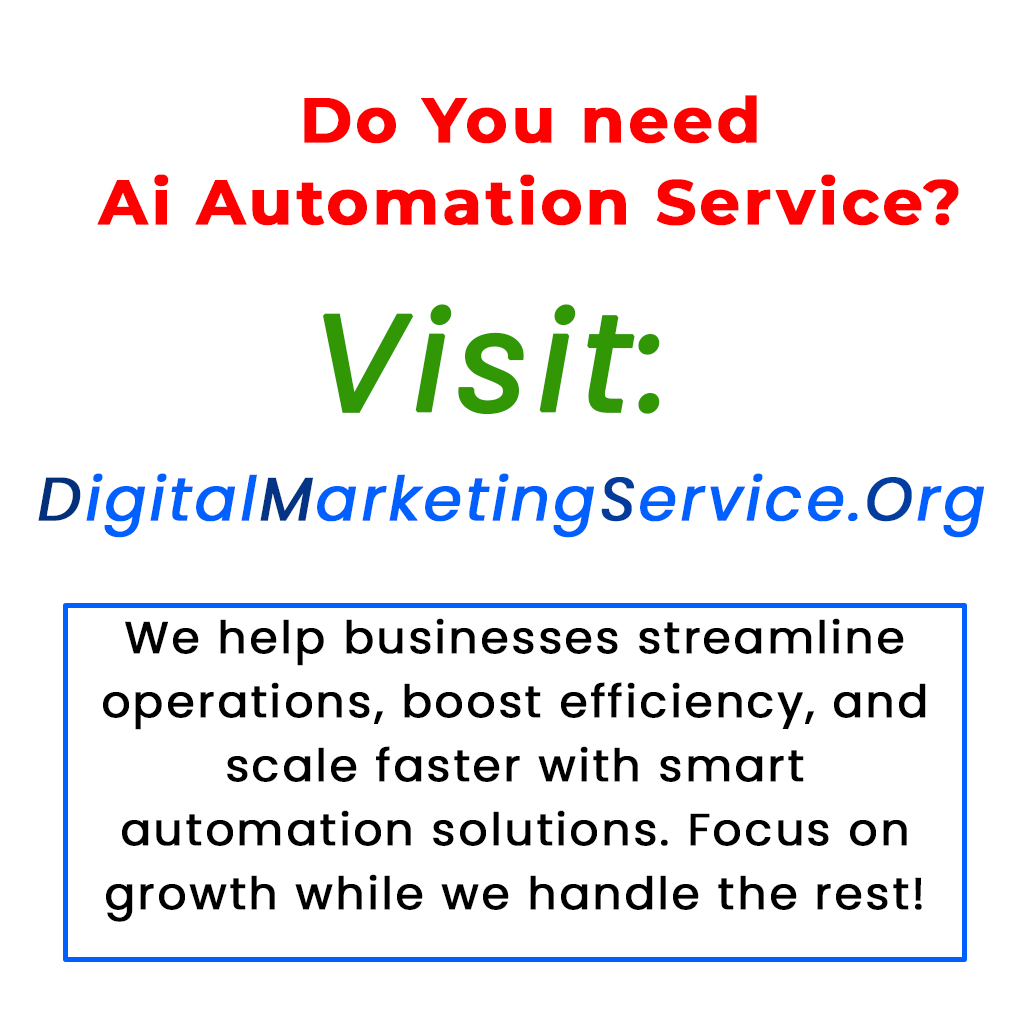In 2025, AI agents are gaining traction by moving beyond basic chatbots to handle complex business tasks. These agents integrate into workflows, assisting with software development, content creation, and even sales, all while allowing human oversight. Unlike traditional software, these agentic systems can make real-time decisions based on their environment and task requirements, making them effective at managing unstructured data. This article follows a typical developer’s journey in creating an interactive podcast generator, exploring the stages of problem definition, workflow design, and system architecture. As the project progresses, the focus is on testing, scalability, and maintaining consistent quality, making it crucial for teams to adapt and evolve these systems continually in real-world applications.
The Rise of AI Agents in Business Workflows
As we step into 2025, there’s a noticeable surge in interest surrounding AI agents. These agents are no longer limited to mere chatbot interactions. Instead, they are now an integral part of various business workflows. We’ve seen them being utilized for tasks like writing code, automating GitHub workflows, and even producing complex, multi-modal content. AI agents can handle dynamic processes such as sales, often collaborating alongside human employees to optimize productivity.
Distinct from traditional robotic process automation, agentic applications evaluate their surroundings, interpret information, and adapt their behaviors for decision-making. This adaptability makes them exceptionally suited to manage unstructured data and tackle complicated tasks, making them a valuable asset in any organization.
To illustrate this transformation, let’s take a closer look at the journey of Jay, a typical developer, while he collaborates with his team, including Abhi, an engineering manager, to create an AI-driven system. This project focuses on developing a system that turns technical documents into interactive podcasts for the research and development team.
Before diving into product development, defining the right problem is crucial. This involves gathering insights from stakeholders and understanding the end-users’ needs. For the podcast creation system, there are two primary requirements:
1. Designing engaging content for users.
2. Enabling user interaction with the podcast material.
Surveys and interviews help the team pinpoint user workflows and friction points. These insights guide discussions between Jay, Abhi, and the business stakeholders. It ensures everyone aligns on objectives, paving the way for building effective agentic systems.
Agentic systems break workflows into smaller subtasks. Jay is responsible for implementing several components to create the podcast system, including a text extraction service and a dialogue generation mechanism that mimics conversations. The system is designed to connect with users through various interactive agents, ensuring a seamless experience.
One of the highlights of this project is the need for effective communication protocols among agents. Clear input and output definitions are essential for smooth information exchange, which greatly impacts overall quality. For example, the Text Extraction Agent must accurately extract content from technical documents to assist downstream processes like outline generation.
Given the complexity of technical documents, Jay faces challenges in text extraction, particularly with formats like PDFs that contain intricate layouts. By incorporating tools to clean and structure this data efficiently, he ensures that essential information becomes readily accessible.
When it comes to reliability, evaluating the agentic system can prove more intricate than testing conventional software. From managing output variations to ensuring that the system produces coherent dialogues, the team continuously analyzes performance to enhance quality. They rely on metrics that assess everything from factual accuracy to audio consistency.
Ultimately, as organizations embrace AI agents, understanding how to effectively integrate them into current workflows will be key. These systems present opportunities for innovation and efficiency, making them an exciting frontier for businesses in 2025 and beyond.
If you’re keen on exploring more about building such systems, you can check out hands-on courses that guide you through the process. With the right approach, you can create tailored solutions that redefine how work gets done in your organization.
Tags: AI agents, business workflows, interactive podcasts, multi-agent systems, technology in business
What are prod agents?
Prod agents are special programs or tools that help businesses manage and improve their production tasks. They assist in automating processes, tracking performance, and ensuring everything runs smoothly.
What does a daily routine for building prod agents look like?
A daily routine for building prod agents usually includes planning the tasks, writing code, testing features, fixing bugs, and reviewing performance. It’s about making sure the agents work well and meet the company’s needs.
How long does it take to build a prod agent?
The time it takes to build a prod agent can vary. It can take anywhere from a few days to several weeks, depending on the complexity of the tasks and the features needed.
What skills do I need to build prod agents?
To build prod agents, you need skills in programming, understanding of automation, and experience with data management. Good problem-solving skills and attention to detail are also very important.
How can I improve my prod agent over time?
You can improve your prod agent by regularly updating its features, monitoring its performance, and gathering feedback from users. Using new technologies and best practices can also help make it better.





